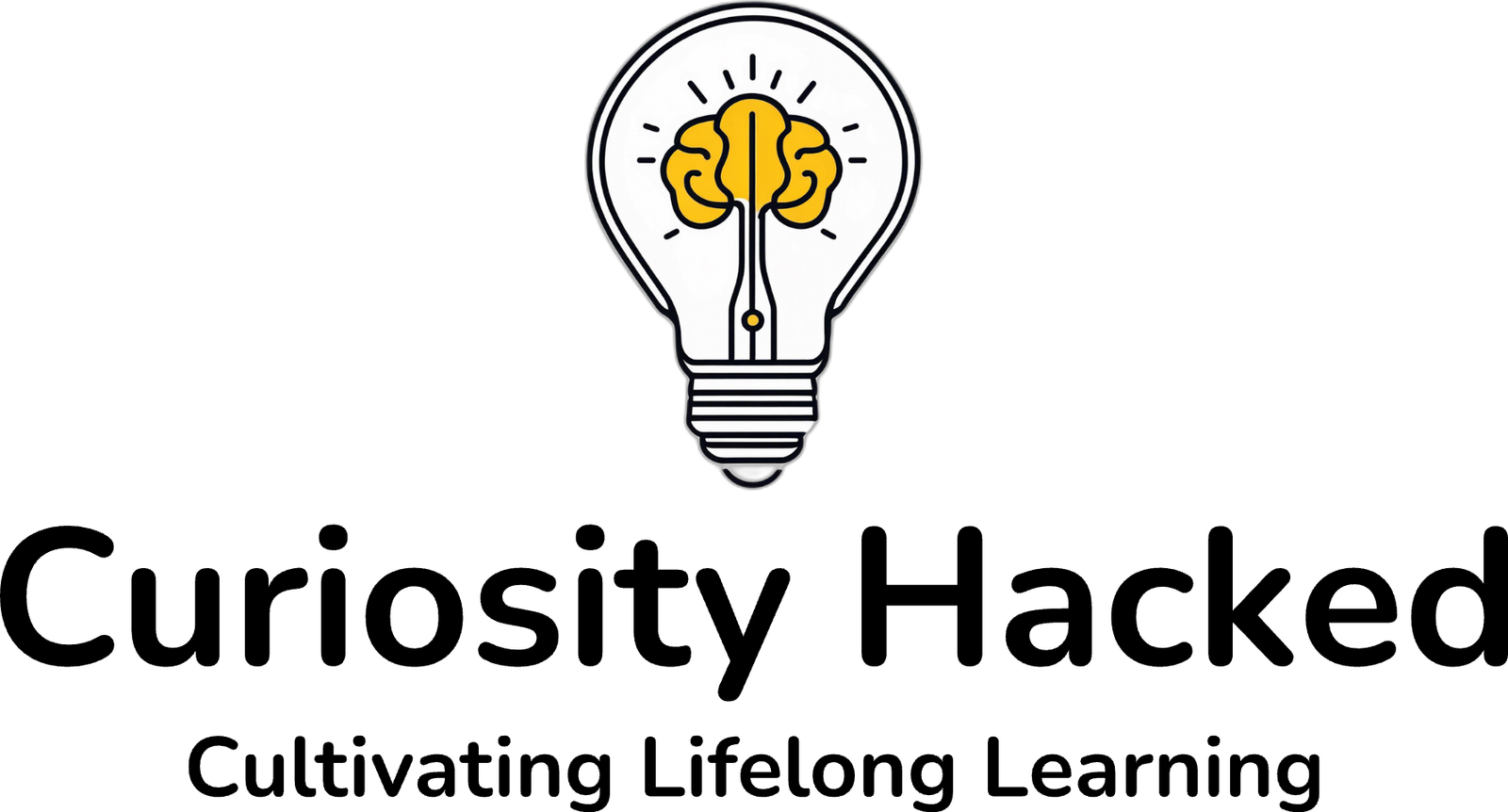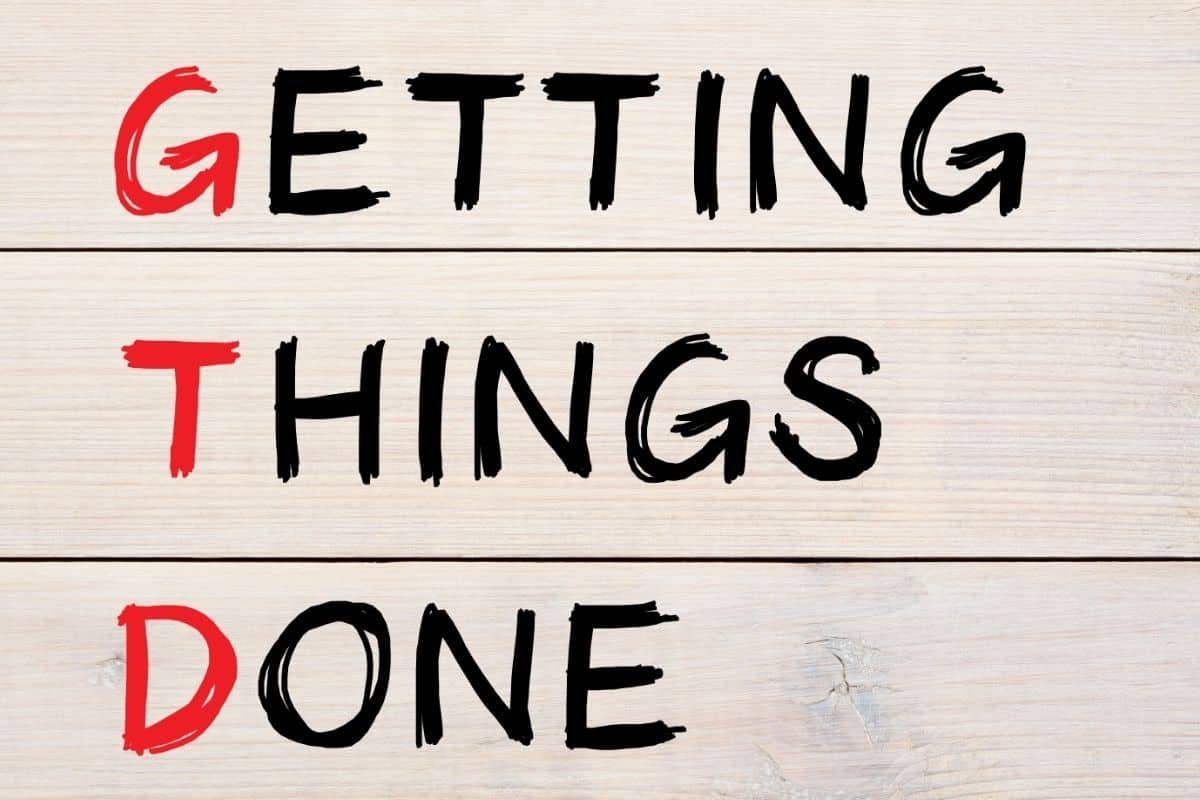How would you define productivity? For some people, it means being able to get things done efficiently. For others, it means having time to spend with family or friends.
And for others, it might mean being able to focus on their career. Whatever your definition of productivity, it’s important to remember that everyone has different priorities.
Productivity is defined as the ability to complete tasks effectively. To achieve high levels of productivity, you need to establish clear goals and prioritize them properly. The Getting Things Done (GTG) method helps you manage your time better, allowing you to accomplish more in less time.
Productivity is a skill that anyone can develop. If you want to increase your productivity, start by creating a daily task list. Then, organize your tasks into three categories: urgent, important, and someday/maybe. Finally, assign each task a due date. This way, you won’t forget anything.
What Is The GTD Technique?
The Getting Things Done technique was developed by David Allen in his book “Getting Things Done: The Art of Stress-Free Productivity”. It consists of four main steps:
- Capture
- Clarify
- Organize
- Reflect
- Engage
GTD: A More In-depth Overview
The Getting Things Done (GTD) system is built around the idea that you have a lot of different inputs. These are things that enter into your consciousness, and you must choose what to do with them.
You may need to remember a phone number, meet someone, or run an errand. The problem is that many people don’t act on their thoughts when they have them. They just put them off.
Here’s an example of how Getting Things Done works: You have an urgent phone call you need to make, but instead of doing it immediately or writing it down, you pretend to yourself that you’ll remember it.
As the day goes on, you build up other ‘open loops’ of things that you have to get done. The act of trying to scan your brain constantly for all of these tasks you need to complete is stressful and overwhelming.
According to David Allen’s book Getting Things Done, your brain is for generating ideas, not storing them.
If you have an alternative management system you know works, then you don’t need to worry about remembering everything.
You might be surprised at how many good ideas you have now that your brain has finally been allowed to rest and function the way nature intended. David Allen calls this state of mind “mind like water.
What Is Mind Like Water?
“Mind like Water” refers to a state of readiness and responsiveness. For example, if you throw a pebble into still water, the ripple will spread out from the point where the pebble enters the water, and the surrounding water will always respond accordingly to the size and the force of impact.
However, when we are stressed and overwhelmed, we often focus too much on the things that aren’t so important and ignore the things that are really important. We don’t respond appropriately.
We aren’t really designed to be able to multitask. Trying to do two cognitive tasks at the same time is simply impossible because our minds don’t work that way. If someone tries to keep their projects, tasks, or meetings in their head, they put their brain into an unsustainable multi-tasking mode.
David Allen refers to any commitment that has not yet been fulfilled as an “open loop”, and when it is recorded in your psyche rather than your system, it requires energy and attention to keep track of and maintain. Mental multitasking directly impacts your productivity.
The whole point of the GTD system (and productivity systems in general) is to help you achieve “mind like water” so you can respond appropriately in any situation and avoid situations like this one. To get started with GTD, you need to follow a simple five-step process.
How Does The GTD Work?
Step 1: Capture
In this step, you identify all the activities you have to do every day. You should include everything from simple errands to complex projects. Once you have identified all the tasks, create a prioritized list based on how much time they require. Remember to include only one item per page.
Step 2: Clarify
In this step, you create a detailed action plan for each task. When writing down your actions, keep these points in mind:
- Write down the specific goal of each task.
- Make sure that each action includes a deadline.
- Include any notes about the task. For example, if you are going to make a phone call, write down the person’s name, the number, and the reason why you are calling.
Step 3: Organize
In this step, organize your lists by project and category. This helps you stay focused and organized. It also makes it easier to find what you need later.
Step 4: Reflect
Reviewing your progress at regular intervals will help you stay focused and motivated. Keep track of your accomplishments by using a calendar. Also, use a checklist to ensure that you haven’t forgotten anything.
Step 5: Engage
This final step involves taking action. The best way to take action is to break large tasks into smaller ones. This allows you to complete them more efficiently and effectively.
Why Use The GTD Method?

The GTD method allows you to set realistic deadlines for your tasks. By doing so, you avoid feeling overwhelmed by too many responsibilities. Furthermore, the GTD method ensures that you don’t miss any important details.
Do you ever feel like you are just spinning your wheels? Do you find yourself getting nowhere fast? Are you constantly running late? Have you tried to improve your productivity, but nothing seems to work?
If you answered yes to any of these questions, then it might be time to take a look at some of the most effective ways to boost your productivity.
You may not realize it, but there are certain habits that hinder your productivity. These bad habits could be holding you back from reaching your full potential. So, let’s get started with some tips to help you get to a place of stress-free productivity.
Tips For Improving Your Productivity
If you want to improve your productivity, follow these tips:
- Prioritize your tasks. Make sure your current task is the one that has top priority.
- Set deadlines for each task.
- Create a system for tracking your progress, such as ticking off to-do lists.
- Stay organized by doing a weekly review of your progress on a regular basis.
- Have fun with your work.
- Reward yourself when you reach milestones.
Final Thoughts
By breaking down your tasks into small actionable steps, you can improve your personal productivity and your time management.
This productivity method has helped hundreds of thousands of people set an actionable task for themselves and stop stress and overwhelm from taking over their lives. We hope you’ve learned a bit more about these life-hacking basics to improve your personal productivity.






